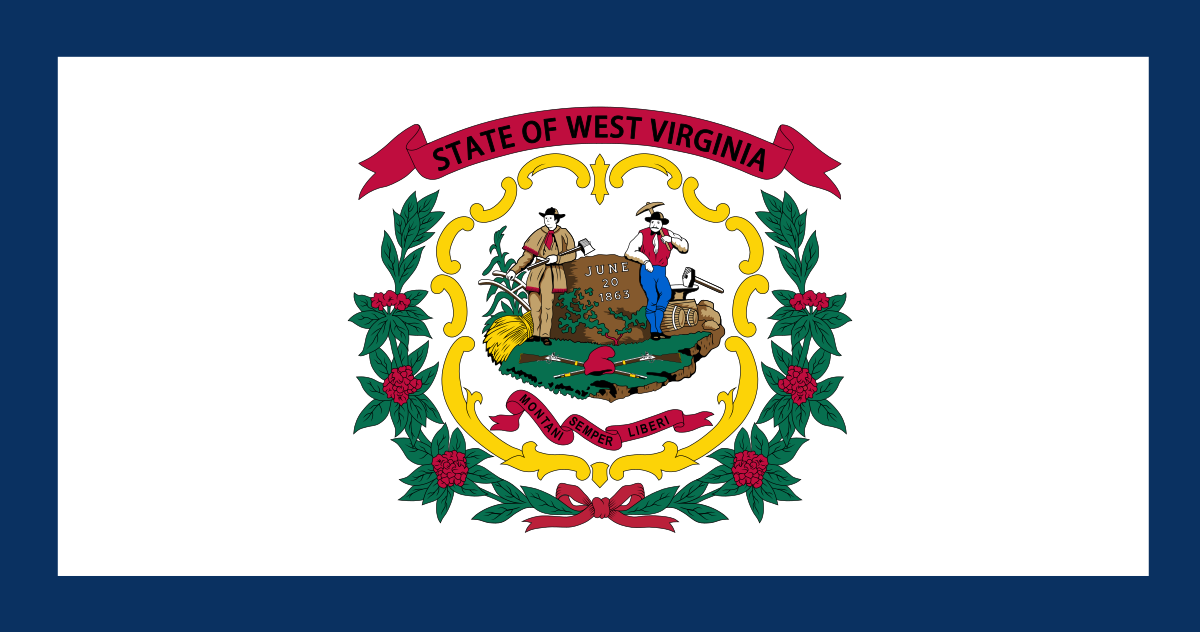
The Birth of West Virginia: Becoming a State
The origins of West Virginia statehood are deeply rooted in its unique geographical and cultural attributes that distinctly set it apart from Virginia. The western counties, characterized by their mountainous terrain, fostered a different lifestyle and economy compared to the eastern regions. While eastern Virginia thrived on plantation agriculture, the western region’s rugged landscape was more conducive to small-scale farming, timber, and coal mining. These differences laid the groundwork for the political and social tensions that would eventually lead to the birth of West Virginia.
During the Civil War, these underlying tensions came to a head. The western counties of Virginia were largely opposed to secession from the Union, a stance that sharply contrasted with the eastern counties. This division was not merely geographical but also ideological, as the western counties harbored Unionist sentiments and were less reliant on the institution of slavery. The conflict reached a boiling point when Virginia’s ordinance of secession was passed in 1861, prompting the western regions to take decisive action.
Key figures emerged during this tumultuous period, advocating for the secession of the western counties from Virginia. Notable among them was Francis H. Pierpont, who became the governor of the Restored Government of Virginia, a Unionist government established in Wheeling. This government laid the foundation for the creation of a new state. The pivotal moment came with the Wheeling Conventions, where delegates from the northwestern counties gathered to discuss their future. These conventions culminated in the decision to form a separate state, leading to the drafting of a new constitution.
On June 20, 1863, West Virginia was officially admitted to the Union, becoming the 35th state. However, the early years of the new state were fraught with challenges. Establishing a stable government was paramount, but so were issues related to economic development and integration into the Union. The state’s economy initially struggled due to the ongoing Civil War and the need to rebuild infrastructure. Yet, the rich natural resources of West Virginia, particularly its coal deposits, eventually paved the way for economic growth and stability.
The birth of West Virginia statehood was a complex process shaped by geographical, cultural, and political factors. The state’s creation during the Civil War era was a testament to the resilience and determination of its people, who navigated significant challenges to carve out a distinct identity and forge a path toward prosperity.
Economic and Cultural Evolution: From Civil War to Modern Day
Following the Civil War, West Virginia’s economy experienced a dramatic transformation, largely driven by the coal mining industry. The state’s abundant coal reserves became a cornerstone of its economic development, attracting a labor force that fueled boom periods, especially during the early 20th century. However, this economic boon came with significant challenges, including labor disputes and environmental degradation. The infamous Battle of Blair Mountain in 1921, one of the largest labor uprisings in U.S. history, highlighted the intense struggles between miners and coal companies. Moreover, the environmental impact of extensive mining practices has left long-lasting scars on the region’s landscape, affecting both the ecosystem and local communities.
Beyond coal, West Virginia has diversified its economic base over the decades. Timber and natural gas industries have also played crucial roles in the state’s development. In more recent years, tourism has emerged as a significant economic driver. West Virginia’s scenic landscapes, including the Appalachian Mountains and numerous state parks, attract visitors year-round. The state’s rich heritage is showcased in tourist attractions such as the Greenbrier Resort, the New River Gorge Bridge, and the historic town of Harpers Ferry.
Culturally, West Virginia has a unique identity shaped by its history and geography. The state’s Appalachian roots are reflected in its folk music, crafts, and festivals. Prominent figures such as author Pearl S. Buck and musician Hazel Dickens have left indelible marks on the state’s cultural landscape. The strong sense of community and tradition is palpable in local events like the Vandalia Gathering, which celebrates Appalachian heritage through music, dance, and storytelling.
Today, West Virginia faces a blend of ongoing challenges and achievements. Economic diversification efforts aim to reduce the state’s reliance on traditional industries. Initiatives in technology, education, and healthcare are gradually reshaping the state’s modern identity. Despite these advancements, issues such as unemployment and opioid addiction continue to pose significant hurdles. Nonetheless, the resilience and adaptability of West Virginians remain a testament to the state’s enduring spirit and potential for future growth.
If you enjoyed this article on West Virginia statehood and want to know when we post new content, please consider following us on Facebook.
You are also welcome to us our forums, which can be found HERE






